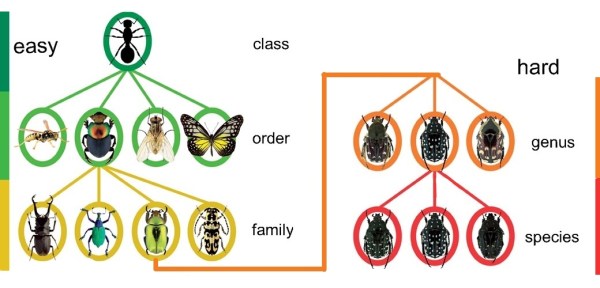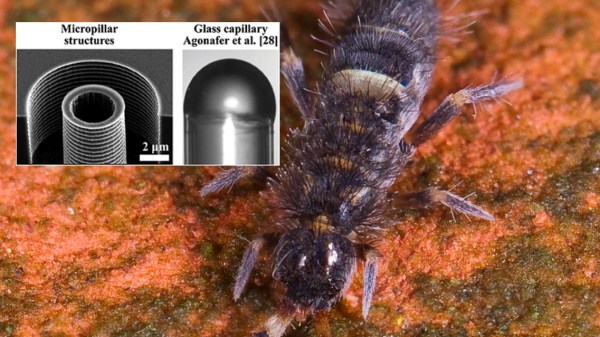
Have you ever found yourself looking at the insects of the Paleozoic era, including the dragonfly Meganeuropsis permiana with its 71 cm wingspan and wondered what it would be like to have one as a pet? If so, you’re in luck because the mad lads over at [The Thought Emporium] have done a lot of the legwork already to grow your own raven-sized moths and more. As it turns out, all it takes is hijacking the chemical signals that control the development phases, to grow positively humongous mealworms and friends.
The growth process of the juveniles, such as mealworms – the larval form of the yellow mealworm beetle – goes through a number of molting stages (instars), with the insect juvenile hormone levels staying high until it is time for the final molt and transformation into a pupa from which the adult form emerges. The pyriproxyfen insecticide is a juvenile hormone analog that prevents this event. Although at high doses larvae perish, the video demonstrates that lower doses work to merely inhibit the final molt.
Continue reading “Super-Sizing Insects And The Benefits Of Bones”



















